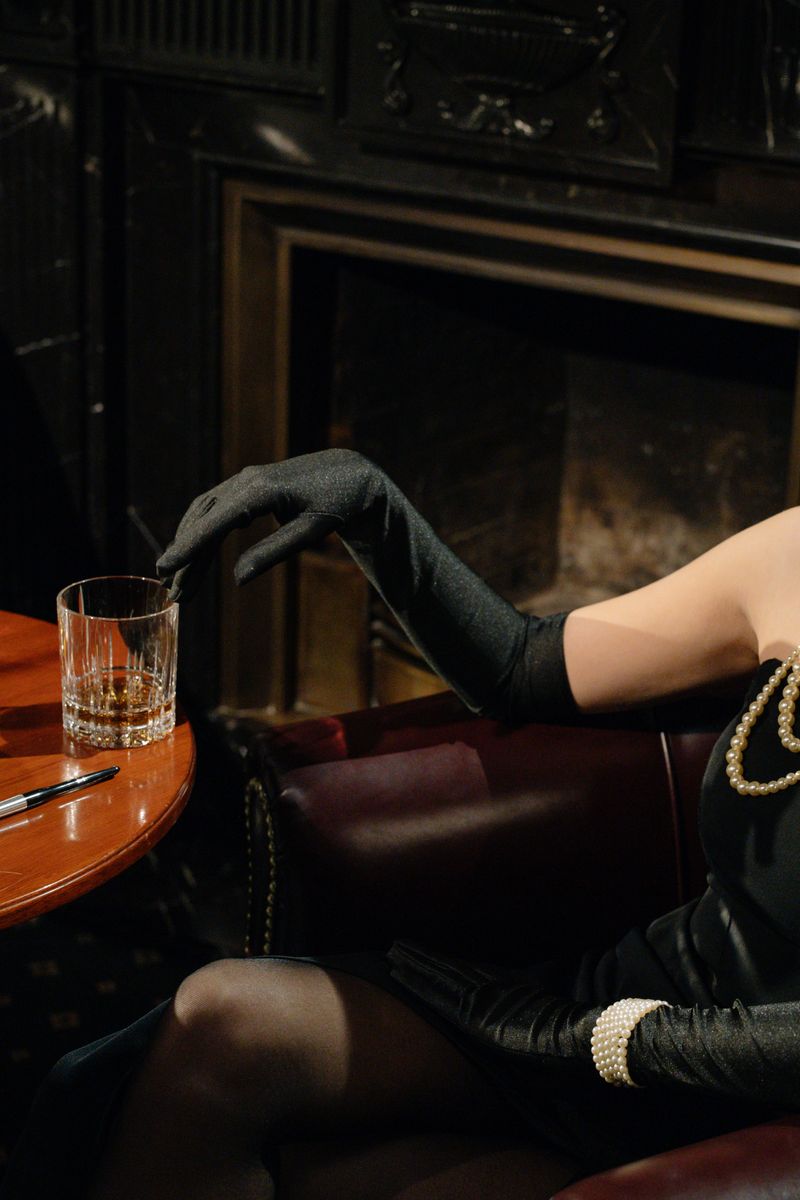Researcher Finds Way to Get Audio from Still Images and Silent Videos
An Unsettling Discovery
In a surprising breakthrough, Kevin Fu, a professor of engineering and computer science at Northeastern University, has developed a method to extract audio from still images and muted videos. By leveraging the vibrations of one’s voice that create tiny bends in light, Fu and his research team have created a machine learning assisted tool called Side Eye that can decipher gender and even the exact words spoken in the vicinity of where a photo was taken. This revolutionary technology has far-reaching implications for privacy, security, and the criminal justice system.
Uncovering Sound in Visuals
The inspiration for Side Eye came from a science fiction show that depicted the extraction of audio from a melted pane of glass. While critics dismissed the idea as pseudo-science, Fu embraced the challenge. Utilizing image stabilization technology found in most phone cameras, Side Eye capitalizes on the microscopic vibrations caused by sound near a camera lens. These vibrations produce imperceptible changes in the angle of light, which Side Eye can detect and amplify using the rolling shutter technique used in smartphone photography. This process allows Side Eye to extract sonic frequencies and, with the help of machine learning, decipher the audio present in still images and muted videos.
The Potential of Side Eye
From a cybersecurity perspective, Side Eye poses a new set of threats that individuals and experts must be mindful of. The ability to extract audio from photographs and videos opens up avenues for unauthorized access to private conversations and confidential information. As the technology evolves, protecting digital privacy will become an increasingly critical challenge.
However, the most intriguing application of Side Eye lies within the criminal justice system. Fu suggests that authenticated videos with known timestamps could be used as digital evidence, allowing experts to confirm alibis and identify individuals present in a particular location based on their voices. This potential use of Side Eye could have significant implications for court proceedings and investigations, providing new tools to establish truth and accuracy.
Philosophical Implications
This breakthrough raises philosophical questions about the blurring boundaries between the visual and auditory realms. Society has always relied on the separation of audio and visual information as a fundamental element of privacy. Now, that boundary is at risk of being breached. The ability to extract audio from still images and silent videos challenges conventional notions of what is private and what is public.
Moreover, Side Eye prompts reflection on the ethical implications of using such technology. While its application within the legal system may aid in determining the truth, it also requires careful consideration regarding the potential for misuse and abuse. Society must grapple with the balance between technological progress and safeguarding personal privacy and civil liberties.
Conclusion
Kevin Fu’s discovery of extracting audio from still images and mute videos through Side Eye is nothing short of revolutionary. It opens up new possibilities in the realms of cybersecurity, criminal justice, and digital evidence. However, its implications for privacy and the ethical challenges it presents must be addressed. As society continues to embrace technological advancements, it is crucial that we establish robust safeguards and regulations to ensure the responsible and ethical implementation of such groundbreaking inventions.

<< photo by Jukka Aalho >>
The image is for illustrative purposes only and does not depict the actual situation.
You might want to read !
- Breaking Through the Clouds: Researcher Unveils Innovations to Overcome Cloudflare’s Firewall and DDoS Protection
- The Rising Threat: X’s New Badge System Lures Cyber Attackers
- Exploring the Rise of Badbox: How Android Devices Become Targets in Fraud Schemes.
- The Lingering Threat: Unpatched Squid Proxy Vulnerabilities Put Networks at Risk
- Investigating the Implications: Analyzing the Libcue Vulnerability in GNOME Linux Systems
- How Can Your Smartphone Camera Capture Sounds?
- Beware: Scam Alert – Fake Reservation Links Target Travelers
- The Evolution of Keyloggers: From Cold War Espionage to Modern Cyber Threats
- Rising Wave of AvosLocker Ransomware Threatens Critical Infrastructure




